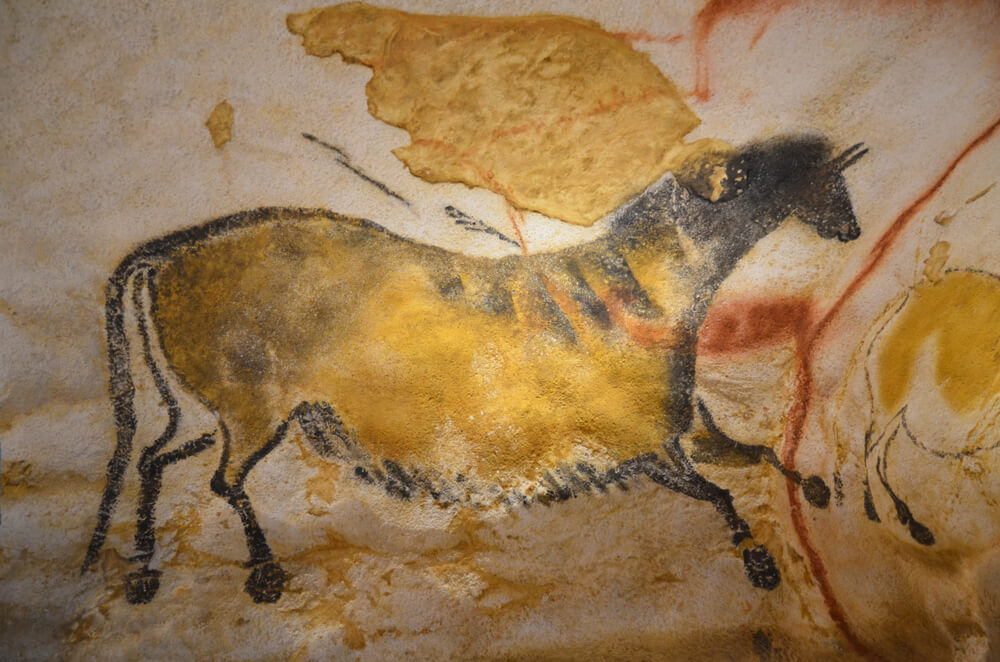The day was September 12, 1940. Eighteen-year-old Marcel Ravidat was following his dog down a hole near Montignac, France, and stumbled upon the archaeological equivalent of an ancient museum, known as the Lascaux Cave Paintings. Not just any museum, but a literal time machine that gave a peek into our earliest ancestors and a storyboard filled with the most fantastical renderings.
Marcel’s dog, Robot, found an entrance to a cave that Marcel initially thought might be a secret entrance to a nearby castle. Quickly retrieving three of his friends, Marcel and the others started to explore the cave. They found a historical treasure trove that gave insight into our earliest human ancestors’ creativity and desire for expression. In effect, the boys were looking at the oldest and finest art ever found, dating to the upper paleolithic era – roughly 17,000 years ago.
Returning with archaeologist Henri Breuil on September 21st, the boys led him to the immense cave structure, where he confirmed the significance of the find. Henri brought the Lascaux cave system back to life as he inspected the great, decorated walls – yielding around 600 animal depictions and about 1,500 engravings.
As the secrets of the cave revealed themselves through the depictions Henri and the others documented, they realized these ancient humans were very sophisticated, indeed. Henri and later archaeologists saw signs of religious worship and even belief in magic.
Later opened to the public in 1948, the Lascaux cave system was closed in 1963 because of degradation issues. A replica has since been built, however, and receives thousands of yearly visitors.

